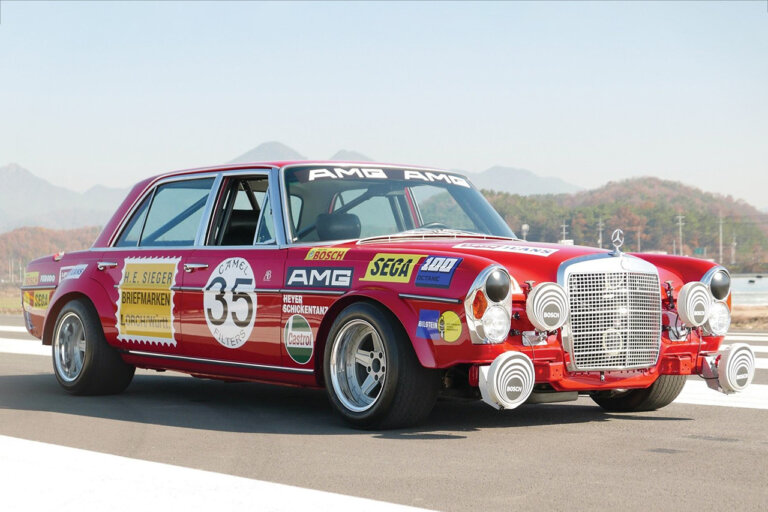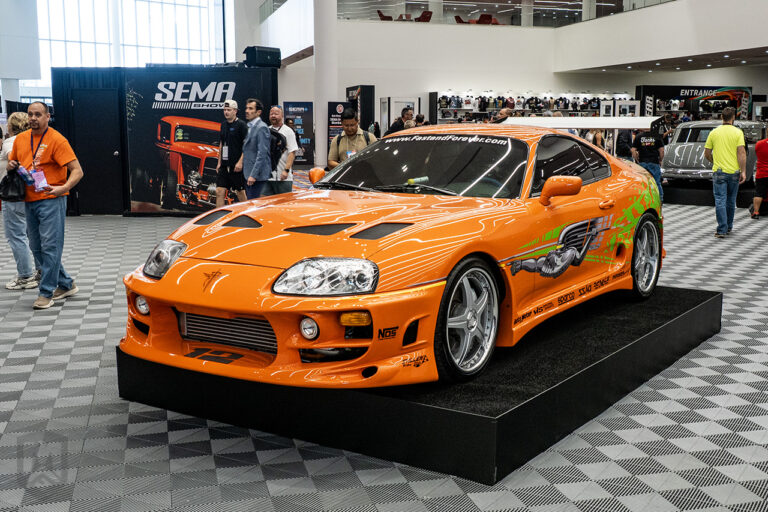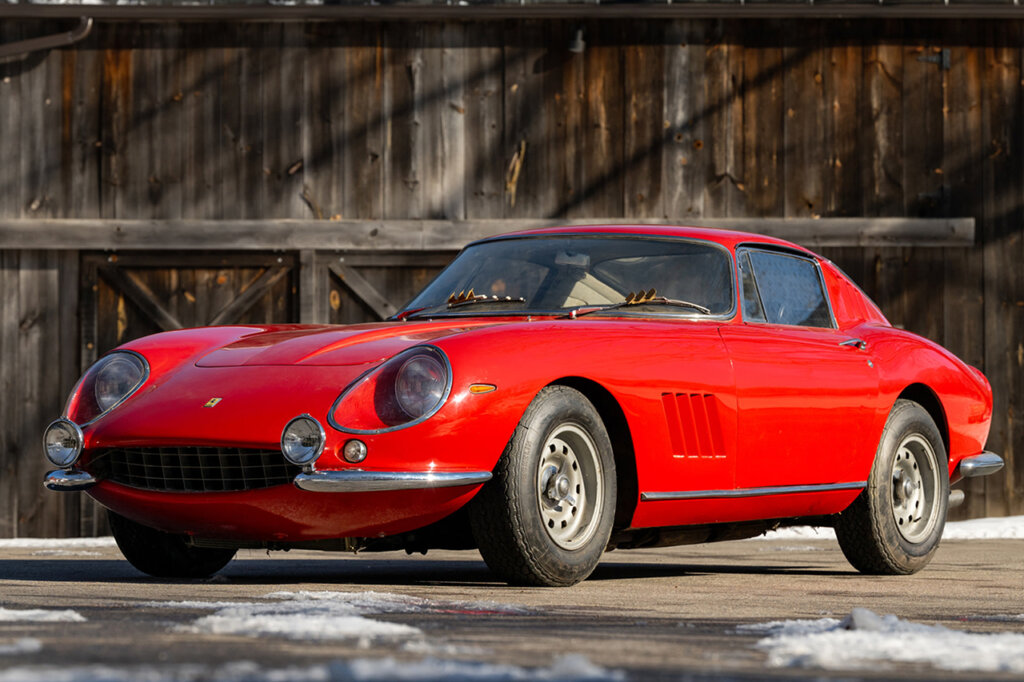
Source: Gooding Company
The Ferrari 275 GTB, produced between 1964 and 1968, was spearheaded by the legendary Enzo Ferrari and his team, with design work handled by the renowned Pininfarina and engineering masterminded by Mauro Forghieri. The 275 GTB marked a significant departure from Ferrari’s earlier road cars, boasting innovative features that cemented its place as a premier grand tourer. It was developed during a time when Ferrari was evolving from a manufacturer focused primarily on race cars to a producer of luxury sports cars for the road. The 275 GTB embodied this transition, balancing cutting-edge performance with unmatched styling.
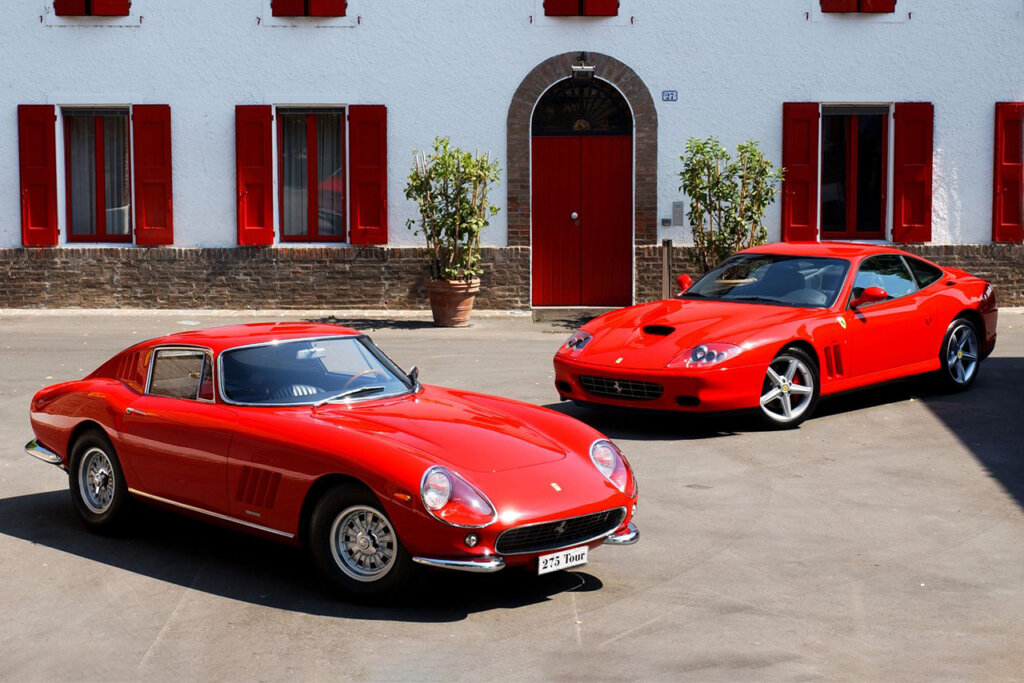
Source: Ferrari
The 275 GTB was designed to address several goals for Ferrari. First and foremost, it had to continue Ferrari’s tradition of producing high-performance vehicles that could compete on the racetrack, while offering a more refined and user-friendly experience for road driving. The car replaced the 250 series, specifically the 250 GT Berlinetta, and was intended to be a step forward in both technology and design.
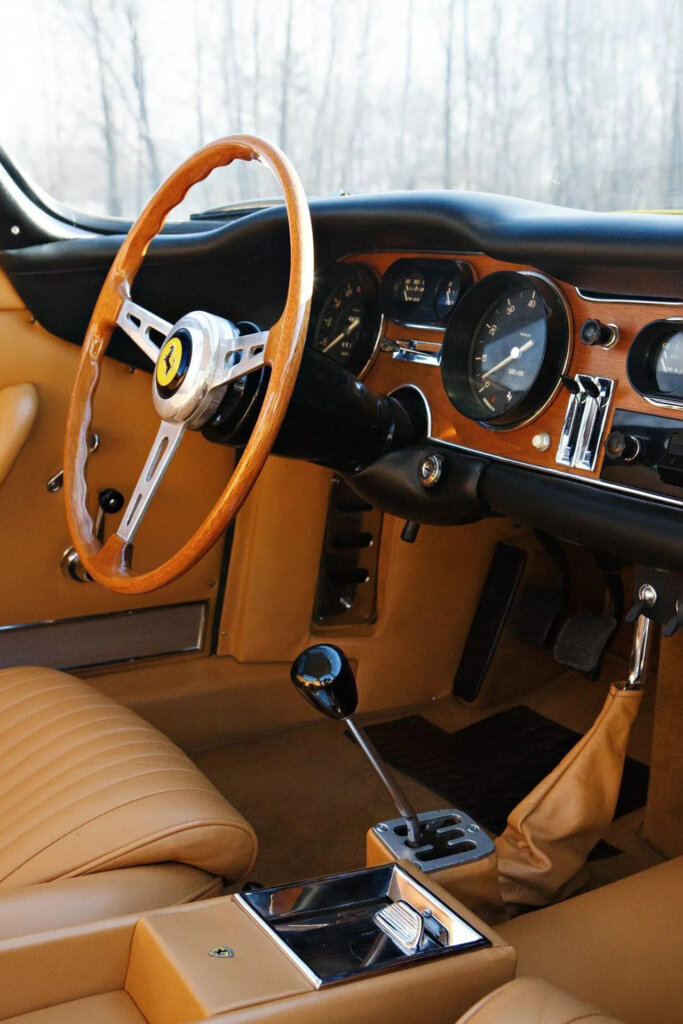
Source: Gooding Company
Mauro Forghieri, Ferrari’s chief engineer at the time, introduced an independent rear suspension system for the first time in a road-going Ferrari. This system dramatically improved the car’s handling, particularly under high-speed cornering, a feature that was becoming increasingly important as both road and track performance expectations grew. It was also the first Ferrari to feature a transaxle, combining the transmission and rear differential into a single unit, which improved weight distribution. The sleek, aerodynamic body, penned by Pininfarina, was both beautiful and functional, contributing to the car’s ability to achieve high speeds.
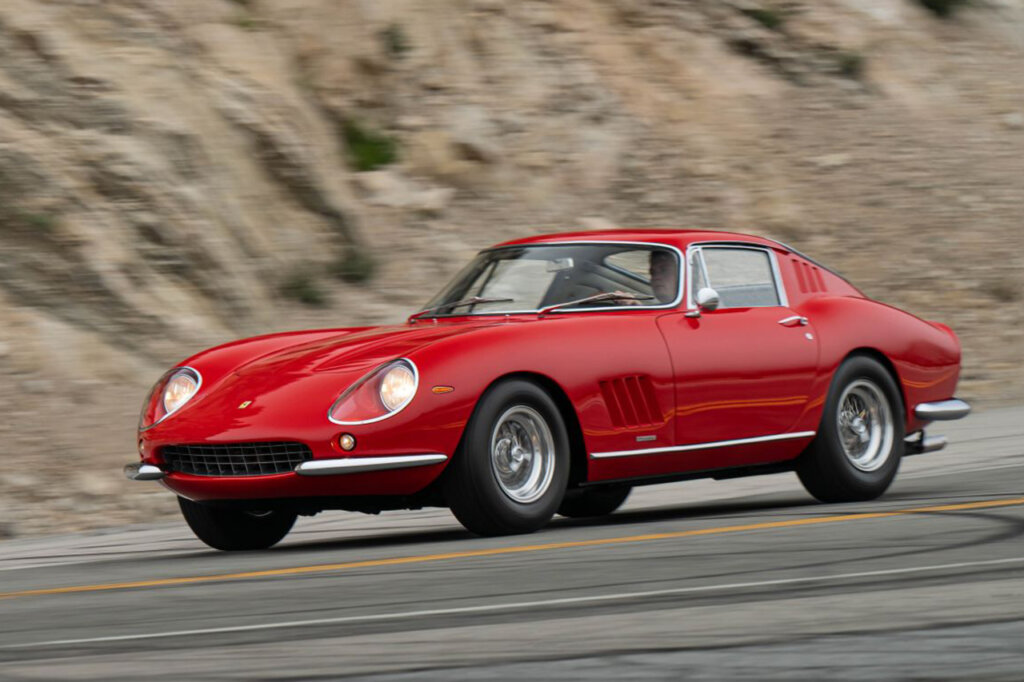
Source: Sotheby
Ferrari aimed to position the 275 GTB as a top-tier grand tourer, capable of delivering race car performance in a package suitable for long-distance driving. This balance of track and road performance was pivotal to Ferrari’s branding at the time, and the 275 GTB excelled in this regard, cementing itself as a highly desirable model among enthusiasts and collectors alike.
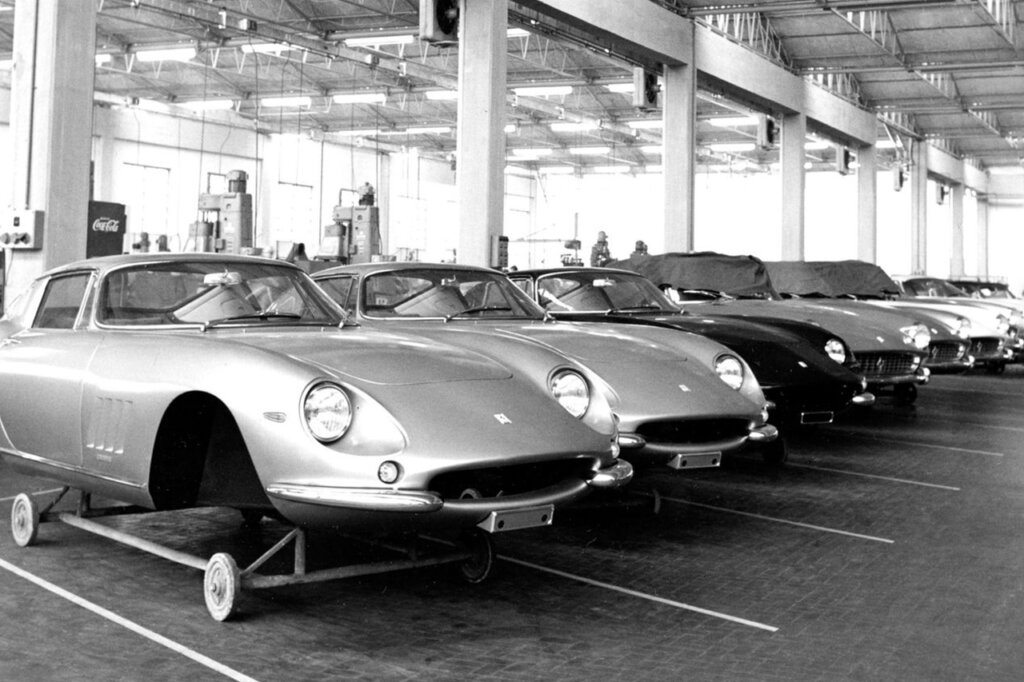
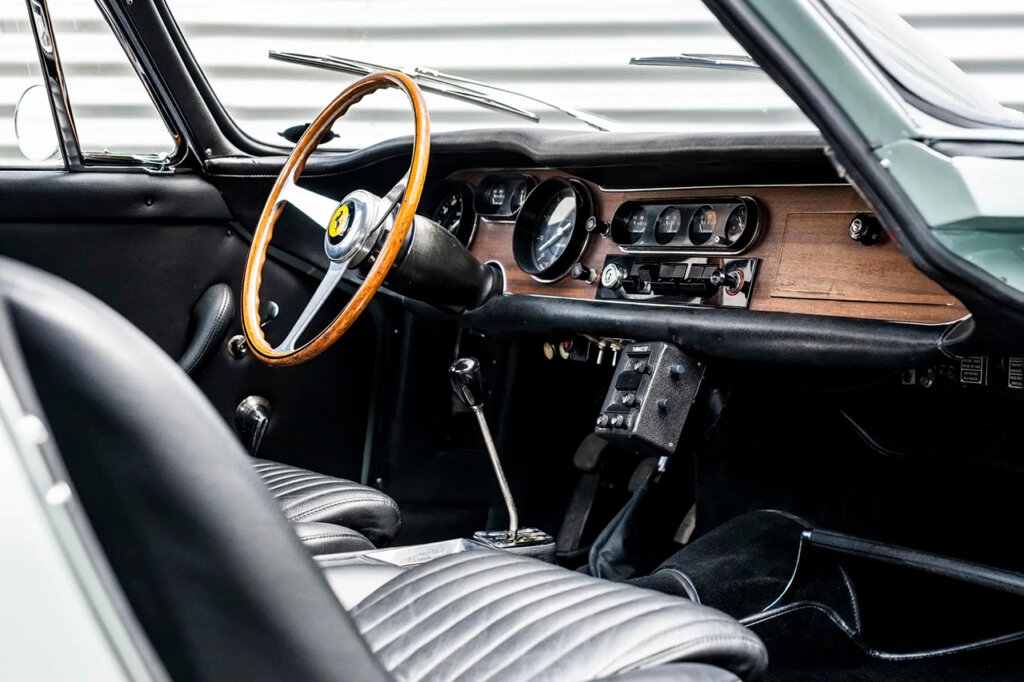
The 275 GTB was introduced to replace the 250 series, which had already gained Ferrari considerable success on the track and the road. The car made its public debut at the Paris Motor Show in 1964. Production of the 275 GTB spanned multiple variants, including the two-cam (GTB/2) and four-cam (GTB/4) versions, each offering progressively more refined performance and handling. Ferrari produced around 440 units of the 275 GTB in total, making it a rare and highly sought-after car, with only a small fraction being the high-performance competition versions.
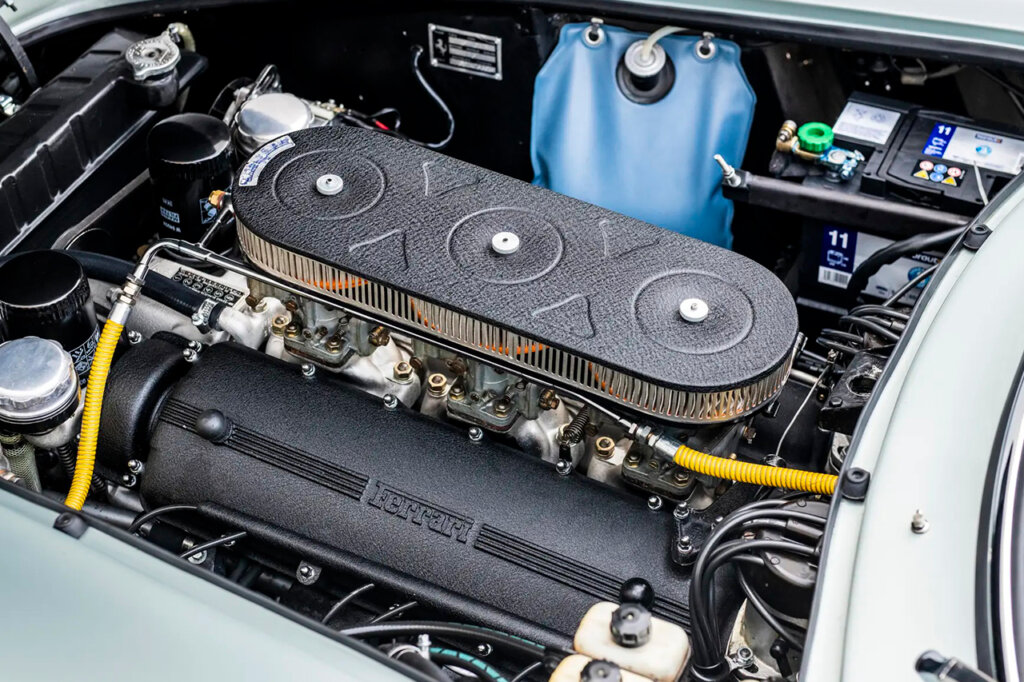
Source: Sotheby
At the heart of the Ferrari 275 GTB was a 3.3-liter V12 engine, known as the Tipo 213. In its two-cam configuration, the engine produced 280 horsepower at 7,600 rpm and 217 lb-ft of torque. The four-cam variant, introduced later, delivered an even more impressive 300 horsepower at 8,000 rpm and a torque output of 239 lb-ft. These figures allowed the 275 GTB to achieve a top speed of around 165 mph, making it one of the fastest road cars of its time.

Source: Sotheby
The V12 engine was paired with a five-speed manual transmission, an improvement over the four-speed gearboxes commonly found in earlier Ferrari models. This combination of power and transmission setup provided drivers with a smooth yet thrilling driving experience, whether on a racetrack or a mountain pass. The advanced suspension system and near-perfect weight distribution further enhanced the car’s handling, making it a joy to drive at speed.
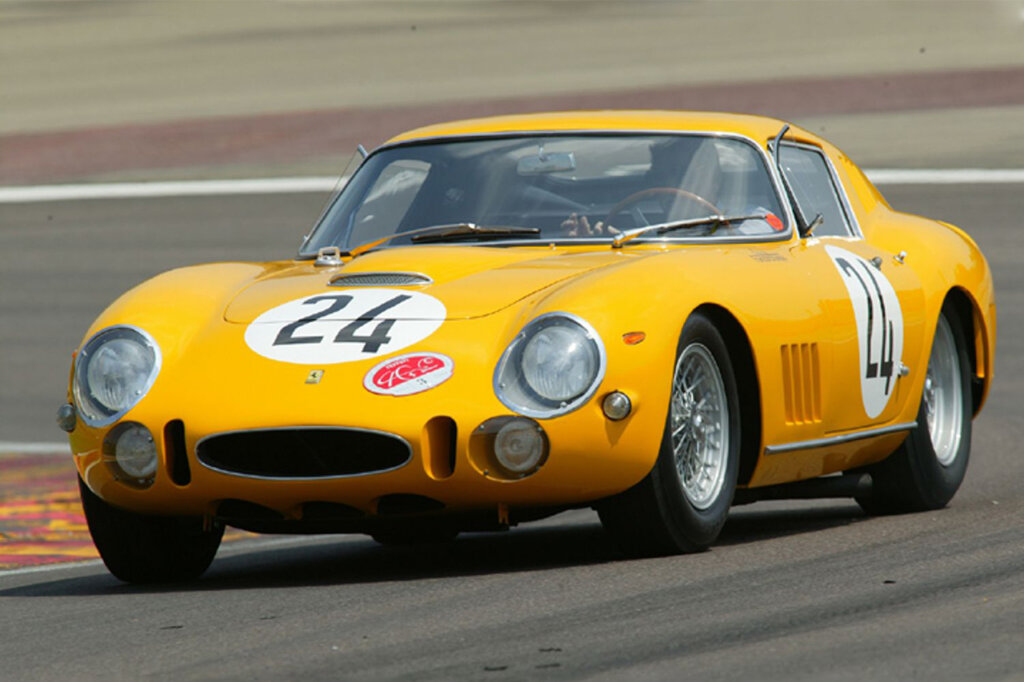
While the Ferrari 275 GTB is often celebrated for its road-going prowess, it also saw action in motorsports, particularly in the Monte-Carlo Rally, a staple for Group B Rally racing participants. One of the most iconic moments for the 275 GTB came during the 1966 Monte-Carlo Rally, where a specially prepared version of the car was driven by Italian racing legend Giorgio Pianta.
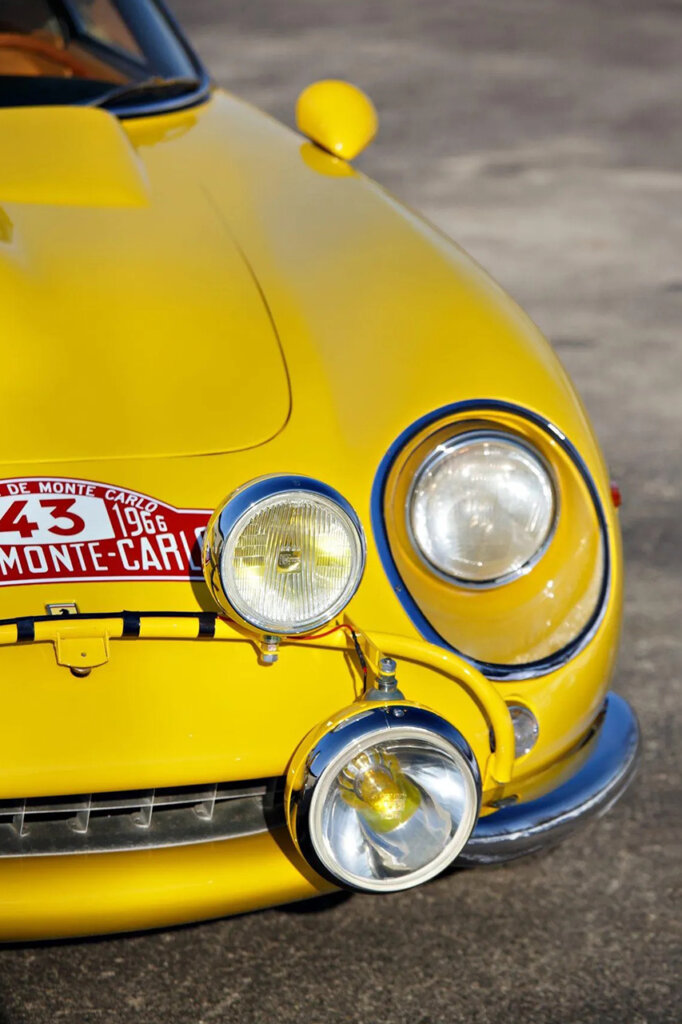
Source: Gooding Company
This rally version of the 275 GTB featured numerous modifications to make it more competitive in the challenging conditions of the event, including additional driving lights, a beefed-up suspension system, and tweaks to the engine for increased durability and performance. Pianta’s Ferrari performed admirably, showing that even a car designed for the road could hold its own in one of the most demanding races in the world. Though the 275 GTB was not a rally car by design, its success in events like the Monte-Carlo Rally underscored Ferrari’s commitment to creating versatile performance vehicles that could compete in a variety of disciplines.

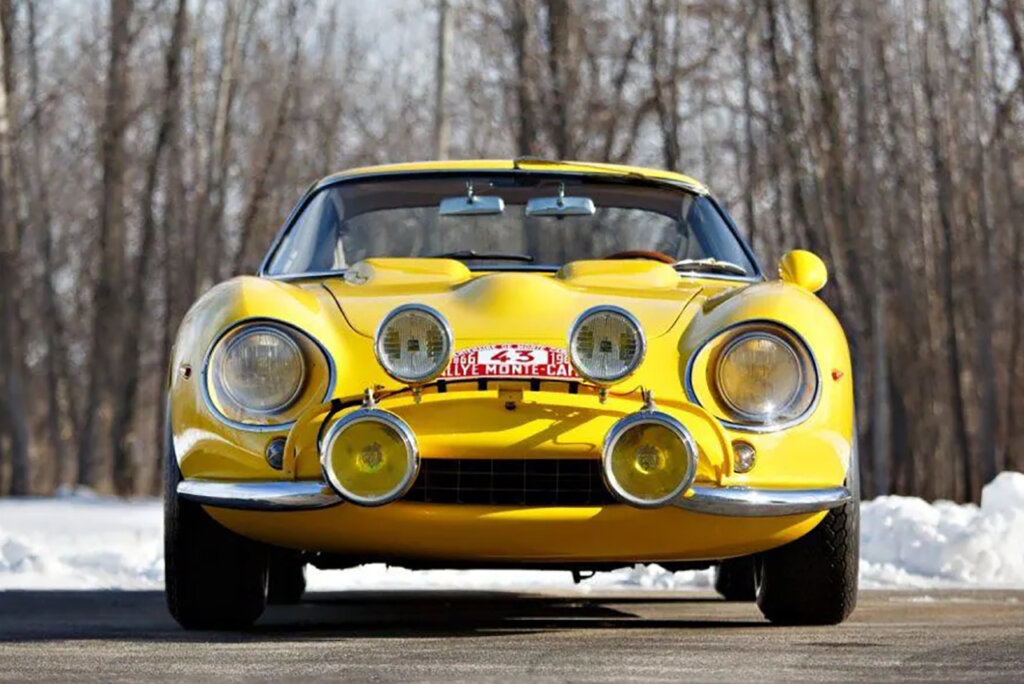
The Ferrari 275 GTB remains one of the most iconic Ferraris ever produced, thanks to its combination of stunning design, cutting-edge technology, and racing pedigree. It was a car that represented the very best of what Ferrari had to offer during the 1960s—a time when the company was pushing the boundaries of both road and race car engineering.

Source: Ferrari
Today, the 275 GTB is revered by collectors and enthusiasts alike, with well-preserved examples fetching millions of dollars at auction. Its timeless design and impressive performance continue to captivate those lucky enough to experience it, and it remains a benchmark for what a grand tourer can achieve. Its ability to seamlessly blend form and function ensures that it will remain an automotive legend for generations to come.
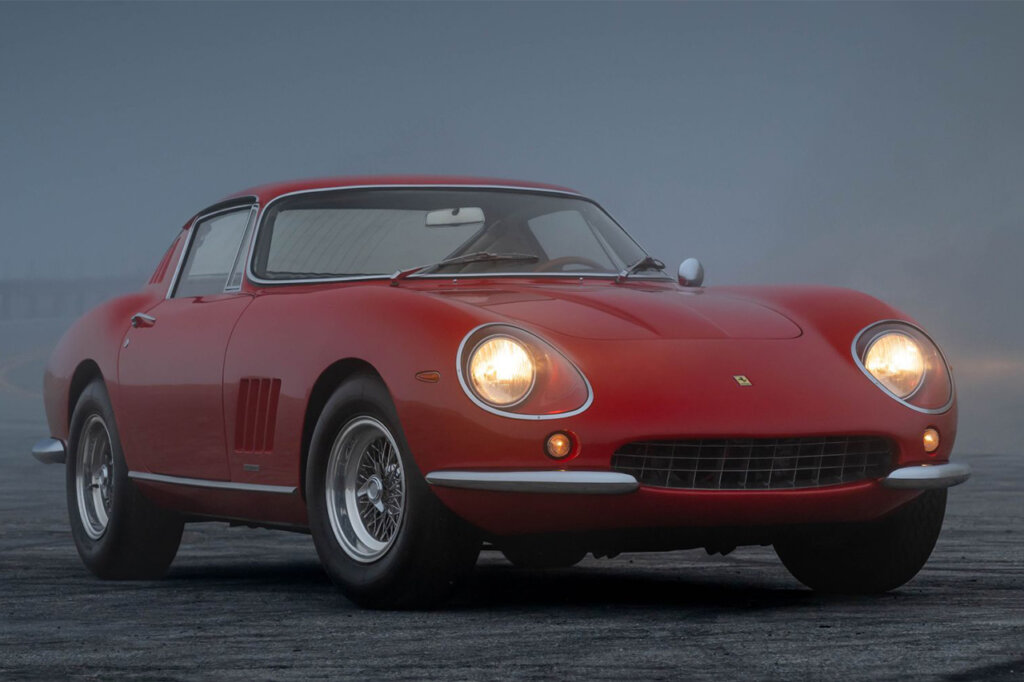
Source: Sotheby


